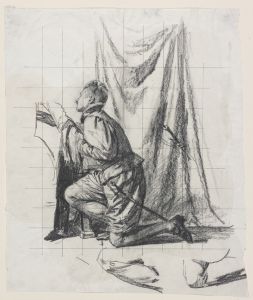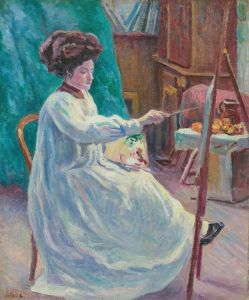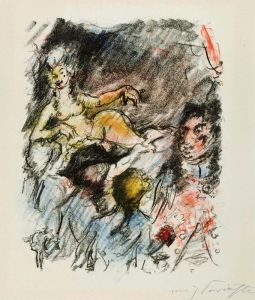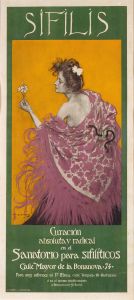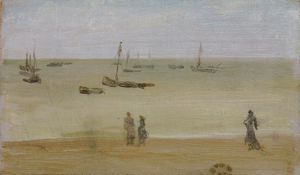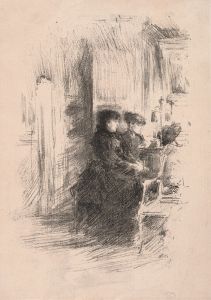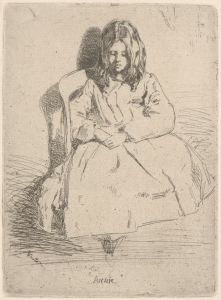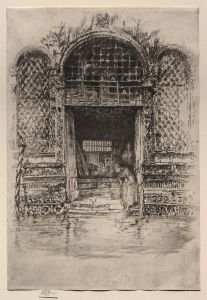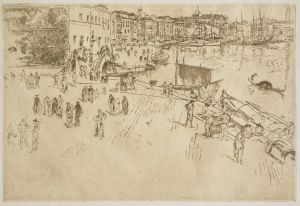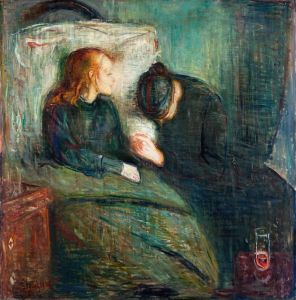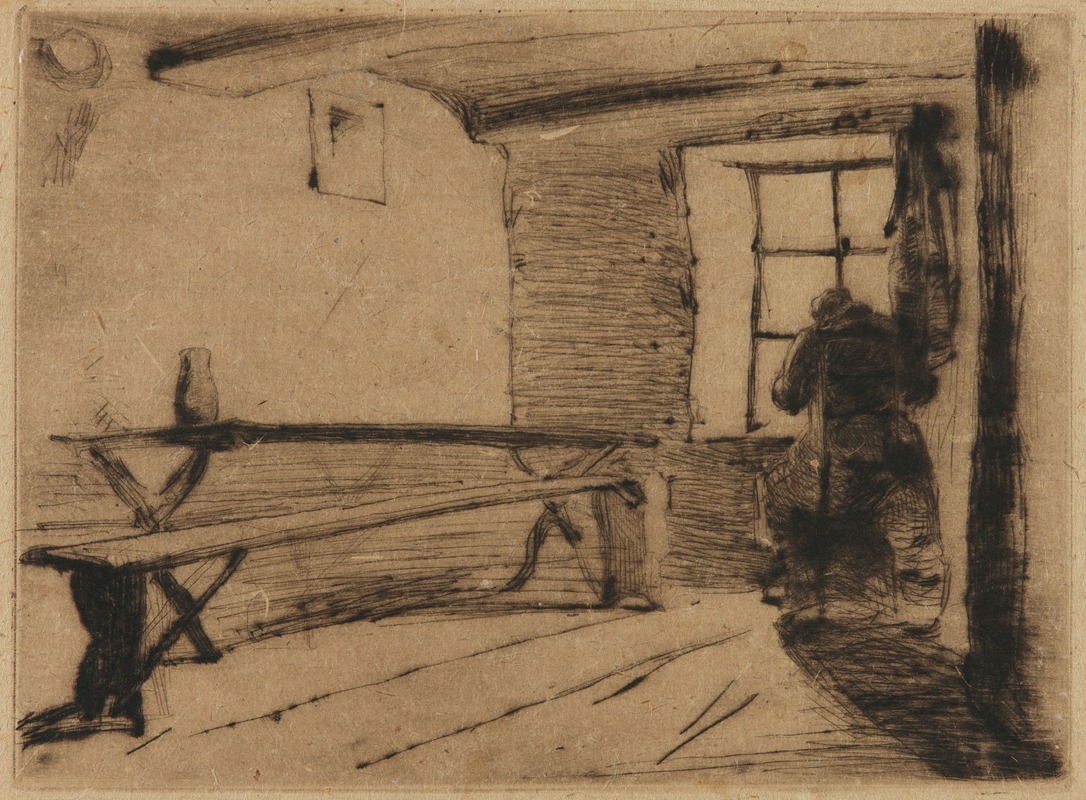
The Miser
A hand-painted replica of James Abbott McNeill Whistler’s masterpiece The Miser, meticulously crafted by professional artists to capture the true essence of the original. Each piece is created with museum-quality canvas and rare mineral pigments, carefully painted by experienced artists with delicate brushstrokes and rich, layered colors to perfectly recreate the texture of the original artwork. Unlike machine-printed reproductions, this hand-painted version brings the painting to life, infused with the artist’s emotions and skill in every stroke. Whether for personal collection or home decoration, it instantly elevates the artistic atmosphere of any space.
James Abbott McNeill Whistler, an American artist active during the late 19th century, is renowned for his contributions to the Aesthetic Movement and his innovative approach to art. However, there is no widely recognized painting titled "The Miser" attributed to Whistler. Whistler is best known for his works such as "Arrangement in Grey and Black No.1," commonly known as "Whistler's Mother," and "Nocturne in Black and Gold: The Falling Rocket." His oeuvre primarily includes portraits, cityscapes, and nocturnes, characterized by their subtle tonal variations and emphasis on mood over detail.
Whistler's artistic philosophy was heavily influenced by the idea of "art for art's sake," a principle that suggests art should be appreciated for its beauty and form rather than its narrative or moral content. This philosophy is evident in his approach to painting, where he often focused on the harmony of color and composition, drawing inspiration from music to title many of his works, such as "Symphony," "Nocturne," and "Arrangement."
Born in Lowell, Massachusetts, in 1834, Whistler spent much of his life in Europe, where he became an integral part of the art scene in London and Paris. He was known for his flamboyant personality and his sometimes contentious relationships with other artists and critics. Despite these controversies, Whistler's work has had a lasting impact on the art world, influencing both his contemporaries and future generations of artists.
Whistler's technique often involved the use of a limited color palette and a focus on the effects of light and atmosphere. He was particularly skilled in the use of line and form, which he employed to create a sense of balance and harmony in his compositions. His nocturnes, in particular, are celebrated for their ability to capture the ethereal quality of night scenes, using delicate brushwork and a subtle interplay of colors to evoke a sense of tranquility and introspection.
In addition to his paintings, Whistler was also an accomplished etcher and lithographer. His prints are highly regarded for their technical precision and artistic expression, further demonstrating his versatility as an artist. Whistler's influence extended beyond his artwork; he was also a prolific writer and theorist, penning several essays and lectures on art and aesthetics.
While there is no specific information available about a painting titled "The Miser" by Whistler, his body of work remains a testament to his innovative spirit and his dedication to the pursuit of beauty in art. His legacy is preserved in numerous museums and galleries worldwide, where his paintings continue to be admired for their elegance and sophistication. Whistler's contributions to the art world have cemented his place as one of the most significant figures of the 19th century, and his works continue to inspire and captivate audiences to this day.





